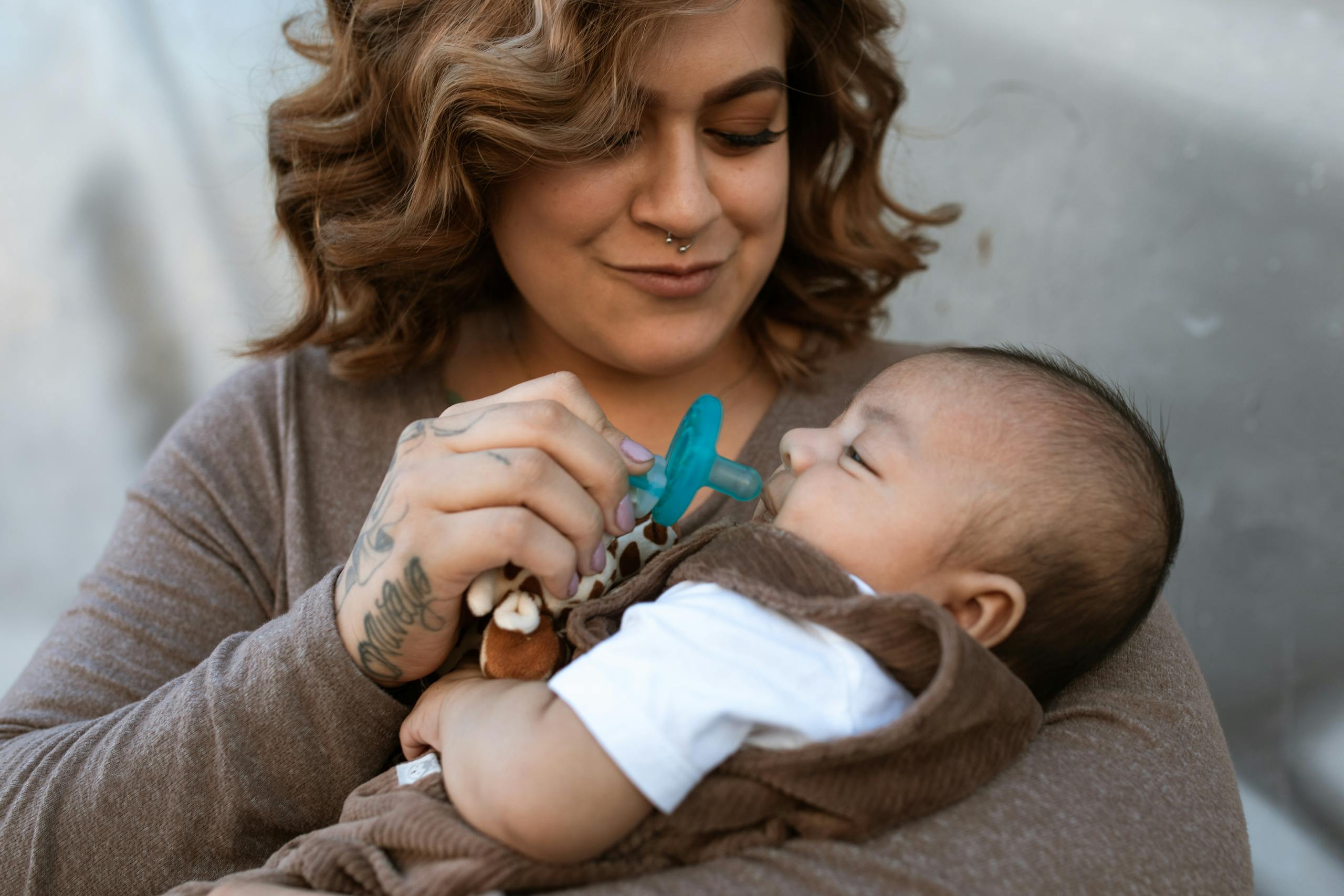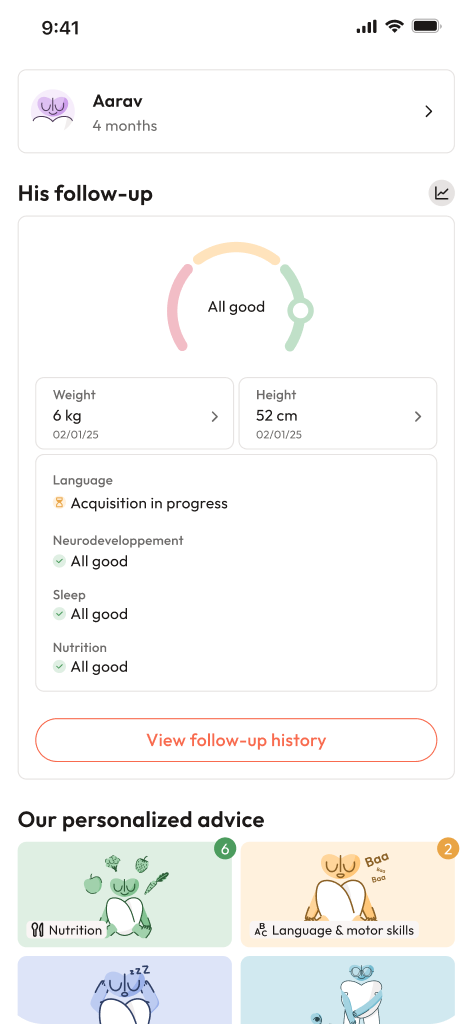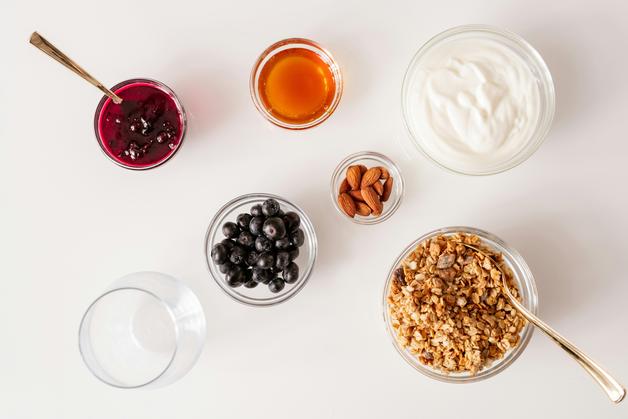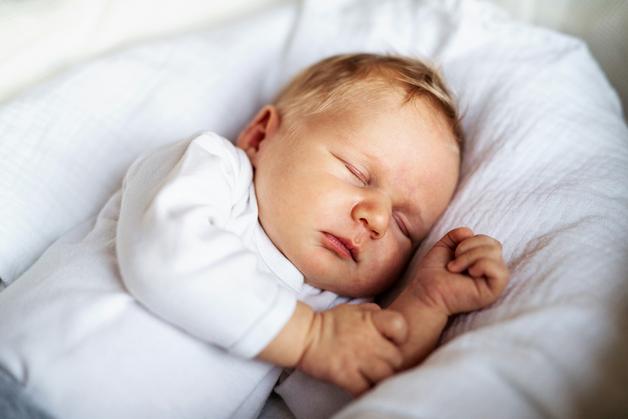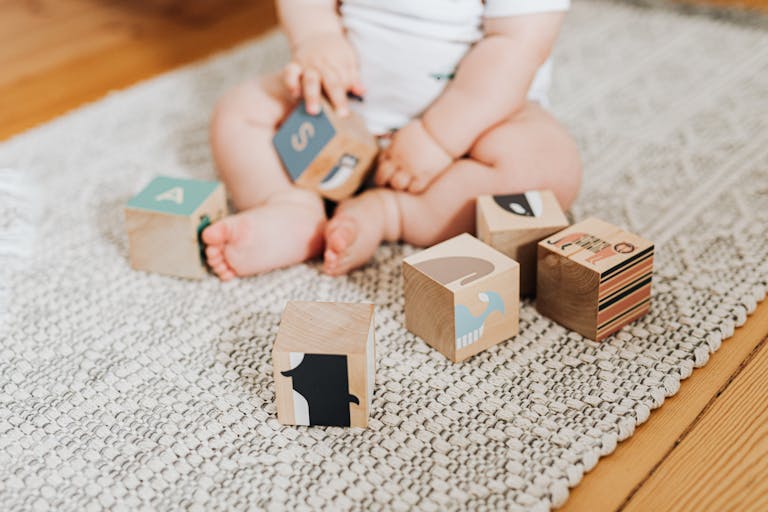The arrival of a newborn brings a storm of emotions—joy, wonder, perhaps even a bit of bewilderment. Among the many questions bubbling in your mind, one often pops up unexpectedly: should I introduce a newborn pacifier? Will it soothe my child or lead to future worries? The debate touches nerves related to sleep, emotional comfort, breastfeeding, and oral health—every parent’s daily universe. Is it a gentle shortcut to peace or an unnecessary reliance? Navigating this journey asks for a measured look at medical evidence, tradition, and your baby’s very own signals. From the mechanics of sucking reflexes to the latest thoughts on SIDS prevention, here’s a panoramic view—rooted in understanding and respect for every family’s rhythm—of what a newborn pacifier can offer, when it shines, and when it asks for caution.
Understanding your baby’s instinct: non-nutritive sucking and comfort
Have you ever noticed your baby latching onto a thumb, your finger, or the corner of a soft blanket when not hungry? This is not a fluke. It’s the remarkable, innate behavior called the non-nutritive sucking reflex—present even before birth, visible on ultrasound as early as the last trimester. This urge is nature’s way of helping newborns manage stress, find security, and even organize their sleep-wake patterns.
A newborn pacifier comes into play here, mimicking the soft, yielding feel of a nipple, crafted from medical-grade silicone or natural latex, and shaped precisely for little mouths. Some infants find it indispensable—others hardly bother with it at all. The key lies in tuning into your child’s temperament. A baby eagerly turning to suck after feeds, displaying a near-constant need to “mouth” objects, might thrive with a pacifier. Another may prefer snuggling or gentle rocking; no single solution fits all, yet understanding this drive is the first step to a calmer daily life.
Sucking beyond feeding: why newborns reach for a pacifier
Imagine a baby’s world: noisy, dazzling, and sometimes overwhelming. Sucking triggers a surprising cascade of biological events—endorphins (natural “feel-good” hormones) are released, heart rate stabilizes, and muscular tension relaxes. The newborn pacifier is not merely a distraction; for many infants, it’s a pathway to emotional regulation. Medical literature acknowledges this soothing effect, especially useful during events like vaccinations, separation moments, or settling to sleep. Premature infants, a particularly vulnerable group, benefit further as pacifiers assist in developing sucking coordination—a skill they need to master bottle or breastfeeding.
But there’s a scientific twist: data from international cohorts suggest that using a pacifier at sleep times can lower the risk of sudden infant death syndrome (SIDS). The mechanisms—possibly related to airway stability or altered sleep patterns—remain partly mysterious but are robust enough for many pediatricians to endorse pacifier use during naps and bedtime (while still emphasizing safe sleeping positions).
Timing and methods: introducing a newborn pacifier wisely
One question you might weigh repeatedly: when, and how, to start offering a pacifier? For exclusively breastfed babies, experts suggest waiting until lactation is firmly established—usually by the third or fourth week—before considering a newborn pacifier. This delay helps avoid “nipple confusion,” a phenomenon where the baby struggles to alternate between the breast and artificial nipples. Bottle-fed infants and those in NICU settings often start earlier, guided closely by medical teams.
When it’s time, approach gently. Offer the pacifier after feeds, when your baby is alert but calm—never try to force acceptance. A newborn-specific pacifier, lightweight with a soft bulbous or orthodontic nipple shape, is your best bet. Monitor your child’s reaction: some will latch on instantly, others will be indifferent. If the first attempt fails, patience pays dividends—preferences can shift as weeks pass. Rest assured, current studies show that correctly timed introduction does not disrupt breastfeeding duration or quality for most families.
Choosing the right newborn pacifier: materials, shape, and safety
Wading through aisles or scrolling online, the options can feel endless. Silicone pacifiers dominate for their durability, easy cleaning, and hypoallergenic properties—essential for young, developing immune systems. Natural rubber pacifiers have a softer texture, sometimes better accepted, but need more frequent replacement due to natural wear.
The shape question is equally nuanced. Orthodontic pacifiers are designed not just for comfort but to support proper jaw and dental development, reducing later orthodontic worries. Classic cherry, bulb, or even flat shapes are available; trial and observation remain your best guides. Always ensure a single-piece shield with large ventilation holes (minimizing skin irritation and choking risks), and check that materials are BPA-free and approved for infant use. Brands like NUK, Philips AVENT, and MAM cater well to these needs.
Pacifier hygiene and safe practices: what medical science insists on
Microbiologists highlight: any object routinely entering your baby’s mouth should be exceptionally clean. For the newborn pacifier, daily sterilising—whether by boiling or using a dishwasher—is standard until six months. Past this point, regular washing is sufficient, but vigilance remains paramount. Any pacifier showing cracks, discoloration, or surface changes must be replaced at once. Always store clean pacifiers in a dry, covered container—not at the bottom of a changing bag or pocket.
Never dip pacifiers in honey, sugar, or sweetened substances. Such practices, sometimes whispered in traditional circles, create a dangerous breeding ground for bacteria (notably Clostridium botulinum spores) and can start destructive dental decay before the first tooth even erupts.
Dependence and dental impacts: balancing comfort and long-term health
You might wonder—what if my child becomes “addicted” to the pacifier? While infants often form strong attachments, overuse can sometimes complicate weaning. Strategies recommended by pediatricians include reserving the newborn pacifier for sleep, travel, or particularly stressful moments, and gradually reducing usage as your child grows.
Dental research draws a clear line: moderate use up to age two rarely causes problems, but prolonged or unrestricted sucking after this window is linked to bite changes and misaligned teeth. Orthodontic models can minimize, but not eradicate, these risks. Aim to gently discontinue by age two to four—adapting the timeline to your child’s development and temperament. Small, consistent changes, praise, and substitute comfort items (a beloved soft toy, for instance) ease this transition.
Alternatives to the newborn pacifier and building self-soothing skills
Pacifiers are not the only comfort pathway. Thumb-sucking, cuddly blankets, rhythmic stroking, or quiet bedtime routines—all play roles in a baby’s self-soothing repertoire. Rotate and combine these techniques; sometimes, after illness or stressful changes, a pacifier may regain its appeal, only to be outgrown quickly once other habits settle in.
Establishing gentle routines—dimmed lights, lullabies, warm baths, or skin-to-skin contact—promotes sleep and reassurance for both baby and parent. Consider these as part of a holistic comfort strategy, with the newborn pacifier just one of several tools.
Practical tips: safety checklist for newborn pacifiers
- Select age-appropriate pacifiers labeled “for newborns” and check for safety certifications.
- Always use one-piece, ventilated shield designs to reduce choking hazards.
- Regularly inspect the pacifier and discard if there’s any damage.
- Never attach pacifiers to cords, ribbons, or necklaces—opt for certified, short pacifier clips only during supervision.
- Supervise pacifier use during sleep, and never force a pacifier back into a sleeping baby’s mouth if it falls out naturally.
- Replace pacifiers every two months, or immediately if damage appears.
Adhering to these guidelines transforms a simple object into a source of both comfort and confidence for parents.
Weaning: letting go of the pacifier at the right time
Medical authorities generally point to the period between two and four years as suitable for total weaning. Many parents find a gradual approach works best: limit the newborn pacifier to naps and nights, offer alternatives for comfort, reward progress, and add extra cuddles during fussier episodes. Sometimes, a more decisive “goodbye” is chosen, especially if the child seems ready. Days of increased neediness or protest often fade quickly—trust your instincts and tap into the collective experience of pediatricians if you feel unsure.
Myths, anxieties, and what science really says
Rumors swirl: will the pacifier ruin breastfeeding, create a dependency, or harm speech? Contemporary pediatric and dental research dispels most fears when use is moderate and age-appropriate. Proper timing is the linchpin for breastfed infants. Dental and speech issues emerge only with prolonged, incessant use past the preschool years—manageable through regular pediatric check-ups.
Rely on balanced information and your own observations. The newborn pacifier is not a universal solution, but nor is it a hazard when fitted thoughtfully into your family’s routines.
Key Takeaways
- The newborn pacifier addresses primal needs for sucking and soothes many infants—helping with sleep, self-regulation, and even SIDS prevention.
- Choose hygienic, BPA-free, one-piece models with ventilated shields for maximum safety and comfort.
- Begin after breastfeeding is established unless bottle-feeding or specifically directed in hospital care.
- Clean meticulously, monitor for wear, and never coat with sugary substances.
- Gradually limit and wean by two to four years to avoid dental concerns.
- Alternatives and complementary routines build lasting self-soothing skills.
- Reliable, science-based advice (and your own daily observations) will guide the best choices for your child.
- For more guidance, personalized health tips, and practical questionnaires, consider downloading the application Heloa—a user-friendly resource for every step of your parenting journey.
Questions Parents Ask
What are the signs that my newborn is ready for a pacifier?
Every baby is unique, but some patterns can help you decide. If your child continues to suck after regular feeds, reaches for fingers or fists, or struggles to settle down with only cuddling and feeding, trying a newborn pacifier may help. Remember, this reflects a strong natural sucking reflex—quite common in the early weeks.
How can I safely introduce and use a pacifier with my newborn?
Select a pacifier clearly marked “for newborns”—small, lightweight, crafted from BPA-free silicone or rubber. Sterilize before first use and check often for damage. Introduce gently without forcing—perhaps right after a feed or during periods of fussiness. If your child refuses, take a break and try again later. Always supervise, check for wear, and avoid long attachments that can cause accidents. Observing these practices supports safety and comfort.
Is it okay for my baby to sleep with a pacifier, and how to do it safely?
Yes, most paediatricians agree that sleeping with a pacifier is safe, often even beneficial in lowering SIDS risk. If the pacifier falls out during sleep, there is no need to replace it unless your child wakes and clearly signals for it. Always lay your baby on their back, keep the crib free from loose items and jewellery, and use a single-piece pacifier. Small, practical steps bring peace of mind for both baby and parent. If you have questions or unique concerns, your doctor remains your best support.

